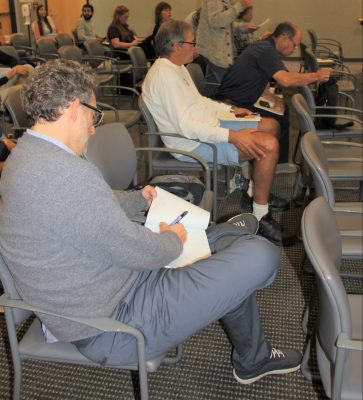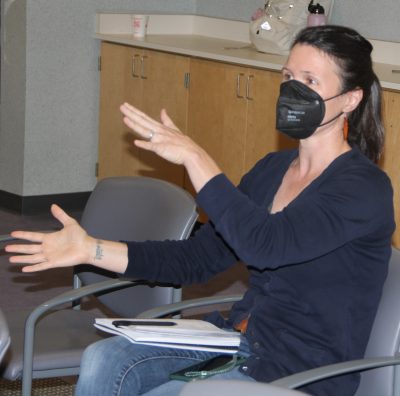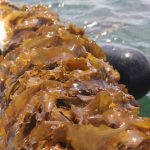Story and photos by Judy Benson
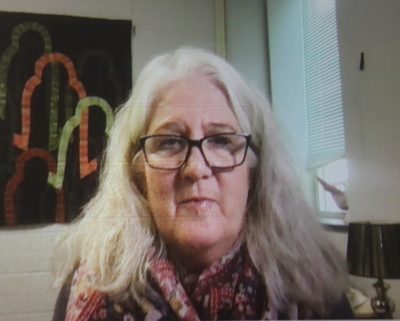
State and federal regulators, kelp farmers and researchers gathered for the 7th annual Connecticut Seaweed Stakeholder Workshop on Sept. 15th, a meeting highlighted by a presentation of a business and economic planning model for the nascent kelp aquaculture industry being created by CT Sea Grant-funded researchers.
In the first in-person session of the group since 2019, the program at the UConn Avery Point campus in Groton began with presentations from representatives of the state Bureau of Aquaculture, the U.S. Army Corps of Engineers and the state Department of Energy and Environmental Protection about updates in permitting procedures, current data on seaweed farming in the state and staffing changes. After that, Tammy Warner, professor of management at Keene State University in
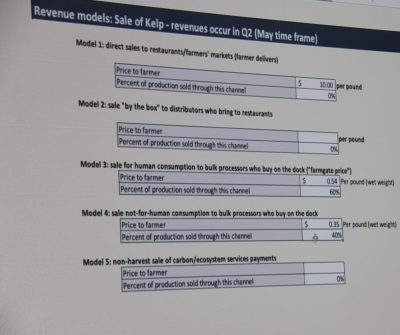
New Hampshire addressed the audience virtually with a PowerPoint presentation of a business and economic planning model for U.S. seaweed aquaculture that has been under development for the last two years. The plan is now in a draft stage and will be validated and revised with input from farmers and others over the next year before it is finalized. Warner worked on the plan with Robert Pomeroy, UConn professor emeritus, extension specialist and marine resource economist at Connecticut Sea Grant, and a resource economist from George Mason University.
“The goal of this is to support the industry,” Warner said.
The plan is being created as a business development and management tool for current and prospective kelp farmers that factors in the size of the farm, fixed and variable costs of supplies such as seed string, facilities, equipment and transportation to the farm and to markets, time and labor. It asks farmers to calculate revenue sources and whether sales are direct, wholesale or through other avenues, and accounts for the ecosystem services provided by kelp that can also be a source of income.
“The most important thing in business planning is to look at the financial implications of everything you decide,” she said.
“Our next step is to go on the road with this and verify that the parameters we used captured everything that needs to be in there,” she said. “We’ll be starting with visits to Maine and Alaska.”
The project is supported by a $766,650 federal grant and involves nine East and West Coast states with fledgling seaweed aquaculture industries. The project is one of several CT Sea Grant initiatives with other seaweed-producing states to help advance the industry.
After a question-and-answer period, Warner asked for feedback from the group on the project thus far.
“It’s encouraging, inspiring and very exciting,” said Jonathan McGee, seaweed farmer in Guilford. “But the one area that’s going to be tough is calculating the costs by region.”
Anoushka Concepcion, organizer of the meeting and aquaculture extension educator at CT Sea Grant, said issues like that will be addressed over the coming months.
“This isn’t finished yet,” she said. “We still have another year to ground truth these models. You will have an opportunity to give input.”
Tessa Getchis, aquaculture extension educator at CT Sea Grant, noted that a similar business plan developed for the oyster industry has been a very helpful tool for shellfish farmers.
The meeting concluded with updates from industry representatives and questions from farmers for about regulatory issues, seed string sourcing and other topics.
Judy Benson is the communications coordinator at Connecticut Sea Grant
